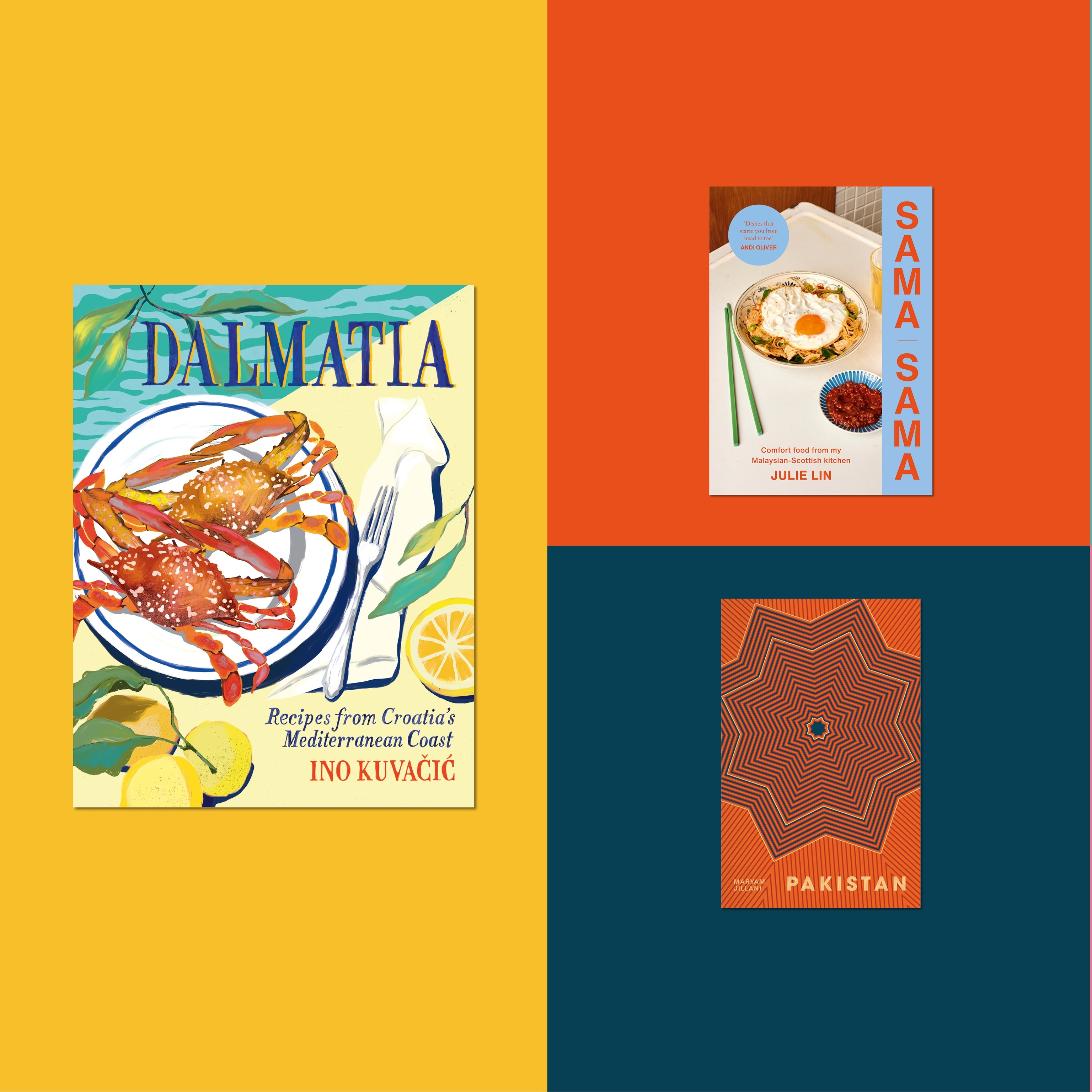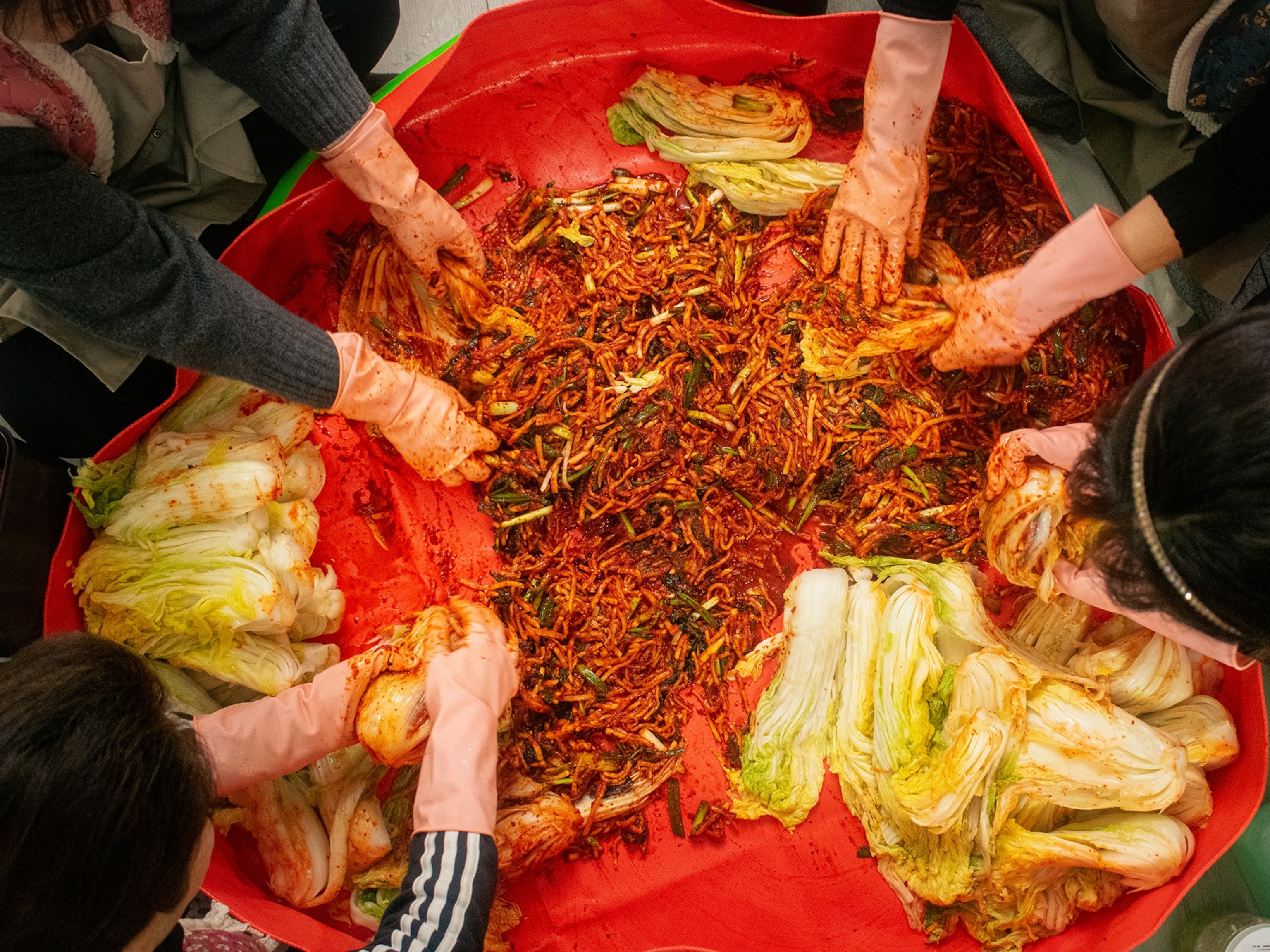
The Luke-Warm, Gluey, History of Portable Soup
Meriwether Lewis and William Clark, when they set off in May 1804 on their famous expedition across America to the Pacific Ocean, went well-supplied.
Lewis spent a cool $2,324 on equipment. His extensive Packing List, neatly categorized, lists items under Transportation (a 55-foot keelboat, 2 pirogues, and 35 oars), Clothing (45 flannel shirts, 30 pairs of stockings, and 15 pairs of woolen overalls), Medicine (a fearsome list heavy in emetics, and including “4 Pewter Penis syringes”), Mathematical Instruments, Arms & Accoutrements, and Camp Equipage (6 copper kettles, 24 tin cups, 4 tin trumpets, and one—just one—“Sea Grass Hammock”). The Corps of Discovery also took along a hefty selection of Indian Presents (including 35 pounds of assorted beads, 144 “small Cheap” looking glasses, 4 dozen “Rings for Fingers,” and 30 calico shirts) and an assortment of Books, among them a 4-volume dictionary and Carl Linnaeus’s 2-volume tome on the Latin classification of plants.
They didn’t pack much in the way of food: the self-sufficient expedition was planning to hunt, fish, forage, and trade along the way. Under Provisions and Means of Subsistence, Lewis lists assorted spices, three bushels of salt, and 193 pounds of “Portable Soup,” which last—a reduced and dehydrated mix of beef broth, eggs, and vegetables—was the 19th century’s version of space food. It was intended for periods of dire dietary emergency. They seem first to have cracked it out on September 14, 1805.
According to the journal of Patrick Gass, the Expedition’s carpenter, “none of the hunters killed any thing except 2 or 3 pheasants; on which, without a miracle it was impossible to feed 30 hungry men and upwards, besides some Indians. So Capt. Lewis gave out some portable soup, which he had along, to be used in cases of necessity.”
The soup was not a hit. The men decided, instead, to kill and roast one of the horses.
Portable soup, also known as pocket soup or veal glew—the forerunner of the bouillon cubes and dehydrated soups of today—has been around since at least the late 17th century. An early recipe from The Receipt Book of Mrs. Ann Blencowe (“To Make Veal Glew”), dating to 1694, calls for a leg of veal, boiled, then the broth reduced and cooled until it forms a slab of jelly about the size of a hand. Wrap this in paper to dry, the recipe instructs, and “it will keep many years.”
Hannah Glasse, author of The Art of Cookery Made Plain and Easy (published “by subscription” in 1747), has a ritzier take on portable soup. Her recipe calls for two legs of beef, anchovies, cloves, mace, black and white pepper, onions, marjoram, thyme, and “the dry hard Crust of a Two-penny Loaf,” all to be boiled for eight or nine hours until it forms “a very rich good jelly.” The jelly is then strained, cooked some more (until it is “like a stiff glue”), dried, and packed in boxes.
Despite attempts to gussy it up, however, portable soup seems not to have been anyone’s first choice for dinner. Touted as a staple for sailors and explorers, staying power seems to have been its prime attribute. Portable soup is frequently (but never nicely) cited in Patrick O’Brian’s nautical novels, a 20-volume series set during the Napoleonic Wars, beginning with Master and Commander (1969). “I thought it was luke-warm glue. But it goes down quite well, if you don’t breathe,” says a character in The Fortune of War (1979)The Fortune of War (1979); and in The Far Side of the World (1984), the ship’s doctor is found angrily flinging slabs of portable soup into the sea.
Captain James Cook—heading for Australia in 1772—took 1,000 pounds of portable soup on board the Endeavour, in hopes that it would be beneficial for sick sailors. The stuff was served boiled in water and mixed with pease flour. Some sailors, the records show, were flogged for refusing to eat it.
Portable soup did find a handful of supporters. Virginia planter William Byrd II—after some miserably hungry experiences on a surveying expedition in the Great Dismal Swamp in 1726—recommended for travelers “a wholesome kind of Food, of very small Weight and very great Nourishment, that will secure them from Starving, in case they should be so unlucky as to meet with no Game.” His solution was “Glue-Broth,” for which he provides a helpful recipe, adding that, once “perfectly dry,” the “Solid Substance” will last for an entire East India Voyage. A mere two pounds, he adds, should be plenty for a journey of six months, and if push comes to shove, “should you be fainting with fasting or Fatigue, let a small piece of this Glue melt in your Mouth, and you will find yourself surprisingly refreshed.”
Late 18th-century newspapers promoted it, claiming that gentlemen taking trips to country “will find it highly convenient to have along with them a few canisters of portable soups by which they can in a few minutes be provided with a wholesome, pleasing, and ready beverage.” French-born Alexis Soyer—the most famous chef in mid-19th-century England, and a notable humanitarian–devised a much-improved version of portable soup for the malnourished soldiers of the Crimean War.
Soyer, who volunteered his time to the army, established an efficient provisioning program for army hospitals, revised military diets, trained regimental cooks, and invented a new form of field stove. His portable-soup-like vegetable cake was known as “coarse julienne;” each cake, when added to boiling water, was capable of providing soup for one hundred men. The cakes were made from the shredded, boiled, and dried residue of 20 pounds of carrots, 20 pounds of turnips, 10 pounds of parsnips, 15 pounds of onions, 20 pounds of cabbage, 5 pounds of celery, 10 pounds of leeks, and a pound of mixed aromatic seasonings. They seem to have been successful: soldiers, asked their opinions of standard military fare versus Soyer’s innovations, came down resoundingly in favor of the latter.
A cake of portable soup, thought to have originally come from Captain Cook’s supplies, survives in Britain’s National Maritime Museum in Greenwich—a flat rectangular cake stamped with a broad arrow, looking much like a “slab of glue.” It was tested in the 1930s by food scientist Sir Jack Drummond, who pronounced it “changed very little.”
Tactfully, he failed to describe what it tasted like.
This story is part of National Geographic’s special eight-month Future of Food series.
References:
- Holland, Leandra Zim. Feasting and Fasting with Lewis & Clark: A Food and Social History of the Early 1800s. Old Yellowstone press, 2003.
- Rumble, Victoria. Soup Through the Ages. McFarland, 2009.
- William Byrd’s History of the Dividing Line Betwixt Virginia and North Carolina (1728).








